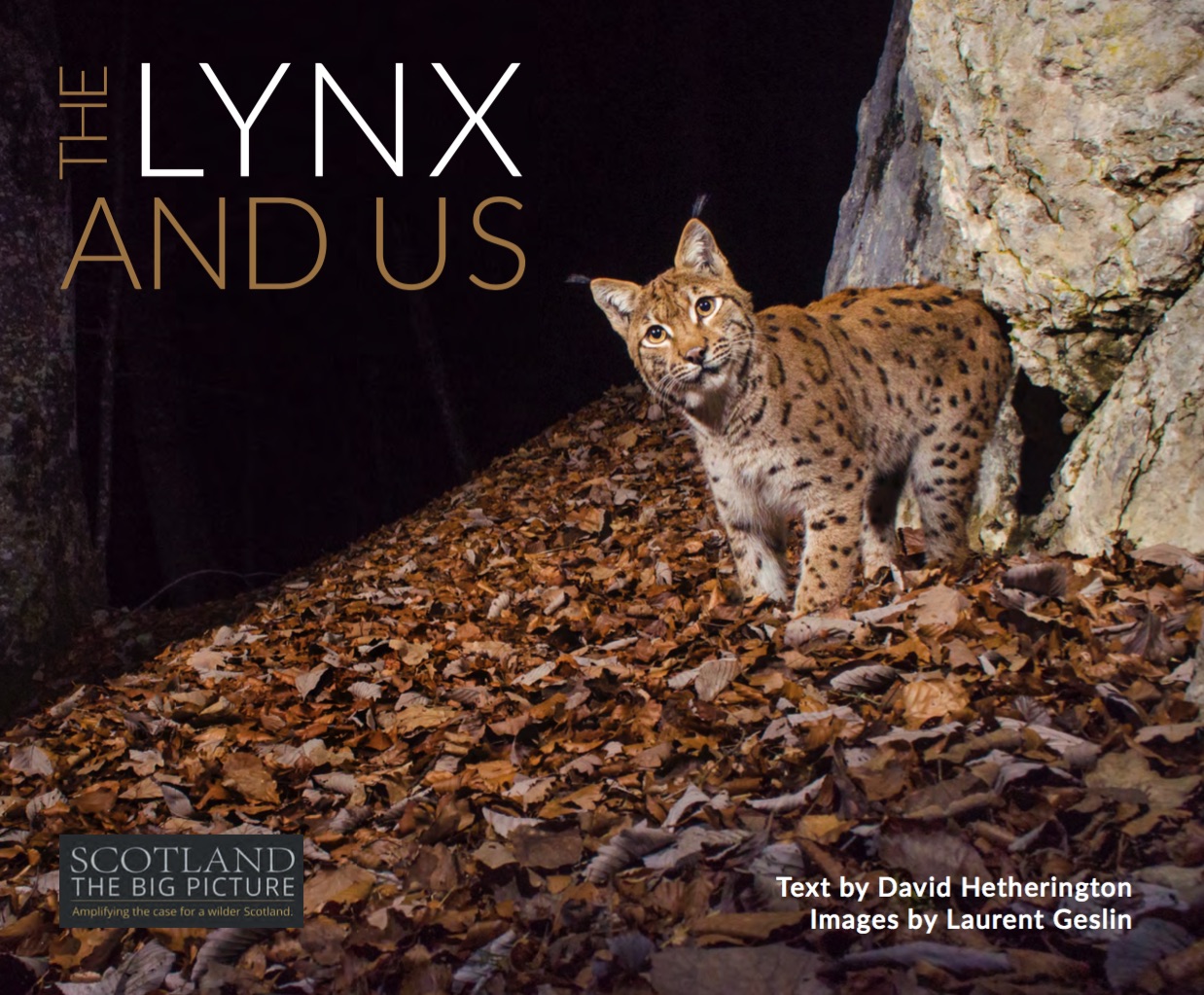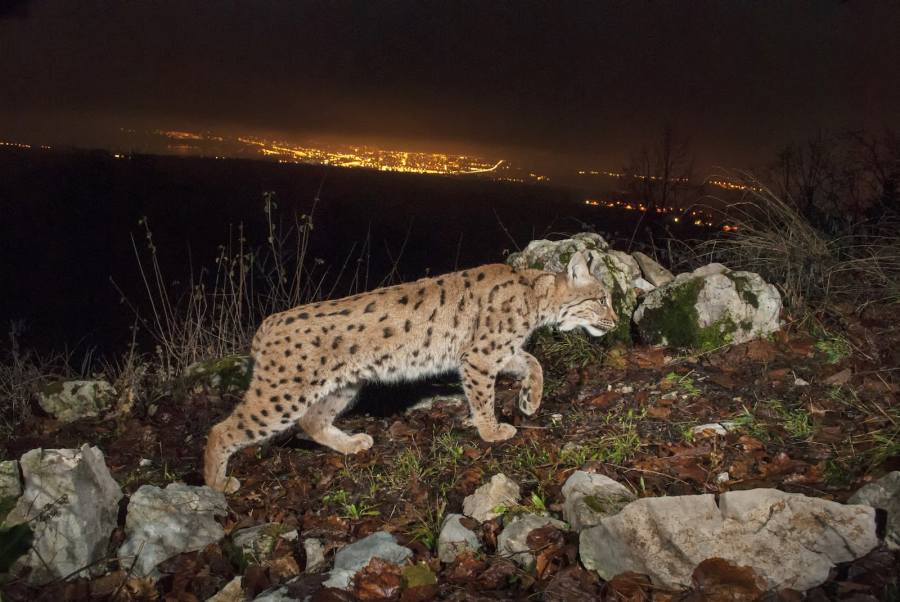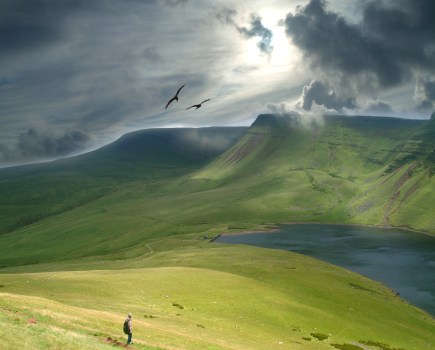When it comes to the rewilding debate, there are too many different factions involved, says Roger Smith
This is Roger Smith’s column from the May 2018 issue of The Great Outdoors, available now. Due to the fact that rewilding – and especially lynx reintroduction – is a hot topic at the moment, we decided to publish it online too.
The debate about the reintroduction of the wolf to the Scottish Highlands, which had been simmering fairly quietly in recent months, was brought back to the boil in early April by the publication of a double-page article by Kevin McKenna in The Guardian and its sister paper The Observer.
Much of the article repeated what we knew already, but there was one possible new factor. Paul Lister, owner of the Alladale Estate and prime mover behind the idea of wolf reintroduction, is quoted as saying that he would ‘really need to have the details nailed down by the end of 2018’.
This may be designed to try to put pressure on Scottish Natural Heritage, who would have to sanction any reintroduction, and on Highland Council as the local planning authority. If this is the case I hope these two organisations ignore this move and continue to work at their own pace.
Much of what Mr Lister has done at Alladale is to be applauded. He has taken steps to try to encourage wildcats (a far more pressing matter to my mind than the wolf question) and has overseen the planting of 800,000 trees, partly with the aim of restoring Scots pine woods.
The reintroduction of wolves is a more contentious issue, especially as a key element of the plan is the erection of a 3m-high fence around the whole area. With the passing of the access legislation still fresh in the memory, walkers’ and climbers’ groups are naturally highly resistant to any such move. Mr Lister points out that Alladale is not a popular walking area (it has no Munros) but that is not the point.
Where does all this leave the rewilding debate in Scotland? In a disorganised state, I would suggest, and in danger of descending into chaos
At the same time as Kevin McKenna’s article appeared, a new book called The Lynx and Us was published. There have been plans to reintroduce lynx to Scotland, or possibly in Kielder Forest in Northumberland, and these too have been controversial, due not least to reports of high sheep predation by lynx in Norway.
 The Lynx and Us is a very handsome book, with many full page photographs. It has been written by David Hetherington, whose doctorate from Aberdeen University focused on the feasibility of reintroducing lynx to Scotland. The publishers are called ‘Scotland: the Big Picture’ and seeing this made me stop and think about the growing number of rather shadowy organisations who seem to be getting involved in the rewilding debate in Scotland.
The Lynx and Us is a very handsome book, with many full page photographs. It has been written by David Hetherington, whose doctorate from Aberdeen University focused on the feasibility of reintroducing lynx to Scotland. The publishers are called ‘Scotland: the Big Picture’ and seeing this made me stop and think about the growing number of rather shadowy organisations who seem to be getting involved in the rewilding debate in Scotland.
We have Alladale Estate; Wildland Ltd, set up by the Danish landowner and conservationist Anders Holch Povlsen, who owns not just Glen Feshie but now also the estates including Ben Hope and Ben Loyal; a group called Cairngorms Connect, also including Mr Povlsen; Scotland: the Big Picture; and the Lynx Trust, set up specifically to facilitate the reintroduction of lynx to the UK but, curiously, not mentioned as far as I can see in The Lynx and Us. There may well be more that I don’t know about.
Scotland: the Big Picture’s strapline says they are ‘amplifying the case for a wilder Scotland’ and they can be seen as apologists for the cause of rewilding, but the lynx book provides a very fair analysis, not shirking the possible downsides of bringing the ‘little lion’ back. They are a non-profit organisation who say they are ‘motivated by the need to rebuild healthy ecosystems across Scotland’.
Wildlife and conservation groups have also demonstrated somewhat woolly thinking on this issue
Despite this they talk in the book about the possible economic benefit from lynx reintroduction, including ‘branding opportunities represented by the lynx’s charisma’ and the lynx having ‘considerable potential for corporate sponsorship’. A new malt whisky called lynx, perhaps?
Are these good reasons for bringing the lynx back? I’m not convinced they are. Before it can happen, farmers in particular will need to be assured that the lynx is not a major threat to livestock. They will quote figures from Norway which estimate that lynx may take up to 10,000 sheep and lambs annually.
However, The Lynx and Us does point out that these figures need to be treated with caution. The Norwegian Government, aware of farmers’ concerns, pays a compensation fee for every animal claimed to be lost, but the system of checking is almost non-existent and the actual figures of lynx predation are probably a fraction of those quoted above.
Where does all this leave the rewilding debate in Scotland? In a disorganised state, I would suggest, and in danger of descending into chaos unless someone takes a grip of it. Logically, that would have to be SNH, but they remain (publicly at least) largely silent, perhaps feeling that they already have enough on their plate dealing with beavers and wild boar. [Ed: and perhaps dealing with the fallout from their highly controversial raven cull proposal, announced after this piece went to press…]
Wildlife and conservation groups have also demonstrated somewhat woolly thinking on this issue. It is a hugely important topic and at the moment there are too many factions involved, some of them pursuing their own ends without any reference to others.
What we cannot have is random reintroduction of controversial species by individuals or groups without binding agreements in place or regular monitoring being carried out, but I fear that might happen. Surely it is now time for a proper public debate – a conference even – as a precursor to developing a genuine national policy on rewilding that everyone can sign up to.
The need for such a coming together is growing increasingly urgent. Who will step up to the plate?
Header image: Eurasian lynx with town lights, Swiss Jura ©Laurent Geslin








